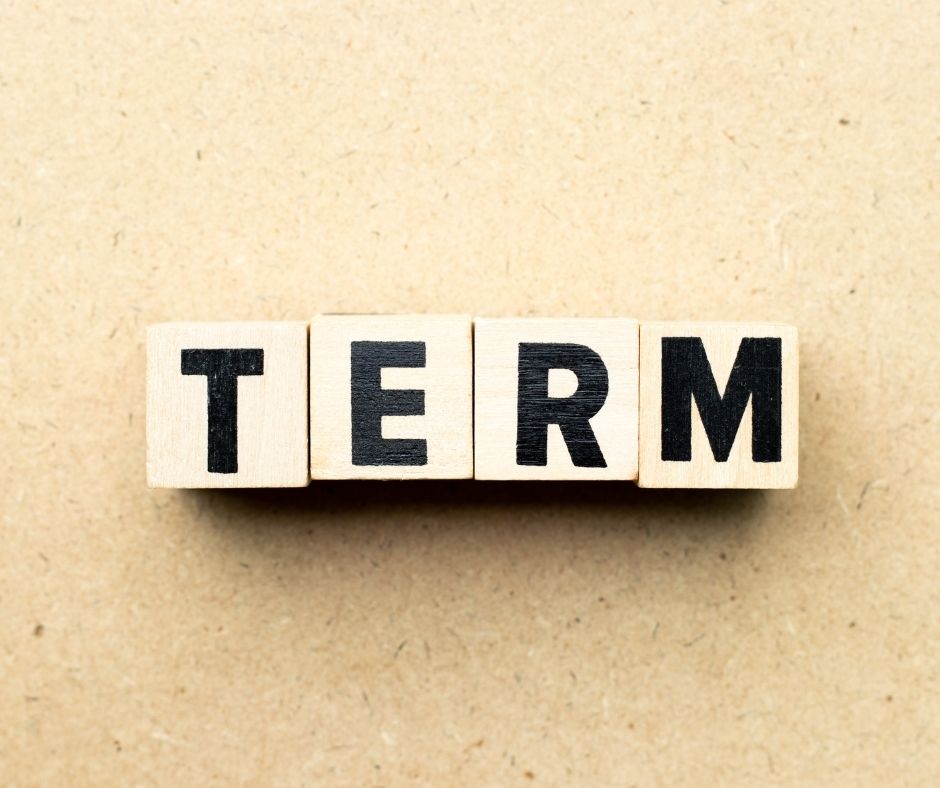insurance 101 for dummies
The two most basic types of life insurance are term and permanent. Term life insurance lasts for a predetermined length of time and provides coverage for that period, usually 10-30 years. Permanent policies, also known as "whole life" or "universal" insurance, provide lifelong coverage and accumulate cash value throughout the procedure. In determining how much coverage you need, you should generally aim to cover at least ten times your current salary so that your loved ones have enough to cover their immediate expenses and long-term living costs in the event of your death. With these components in mind, research highly rated life insurers, compare rates and find one that fits your needs.
When looking for life insurance, you'll need to consider factors like the type of policy, length of coverage, and overall financial goals. Do you need basic coverage to protect against final expenses? Or do you have a large mortgage or college tuition payments to consider? With so many choices, it can be challenging to choose the right kind of life insurance. That's why it's essential to understand the basics of life insurance before making any decisions. Knowing the terms, types, and benefits of each policy can help ensure you get coverage that meets your needs.
Life insurance comes in two main types-term life insurance and whole life insurance. Term life insurance can provide coverage for a specific time, usually 10 to 30 years. This option is often more affordable than other policies because the premium is based on the same amount regardless of age and health status. Whole life insurance provides coverage for your lifetime and builds cash value as you make payments. Whether you choose term or real life, you will also have additional policy options such as accidental death and disability income policies to add financial protection in some instances.



